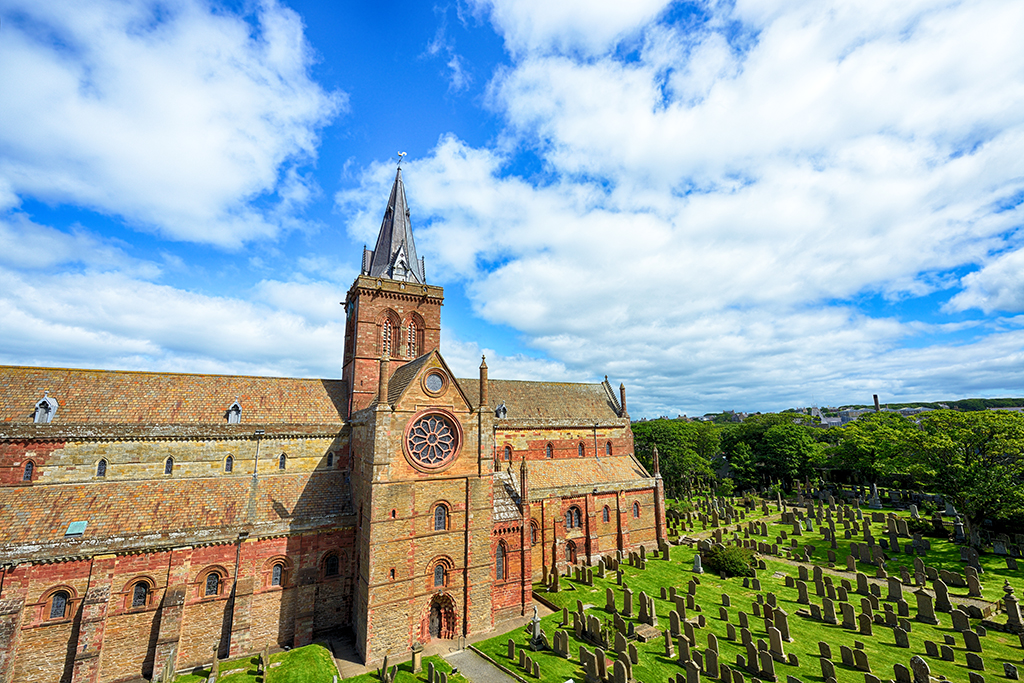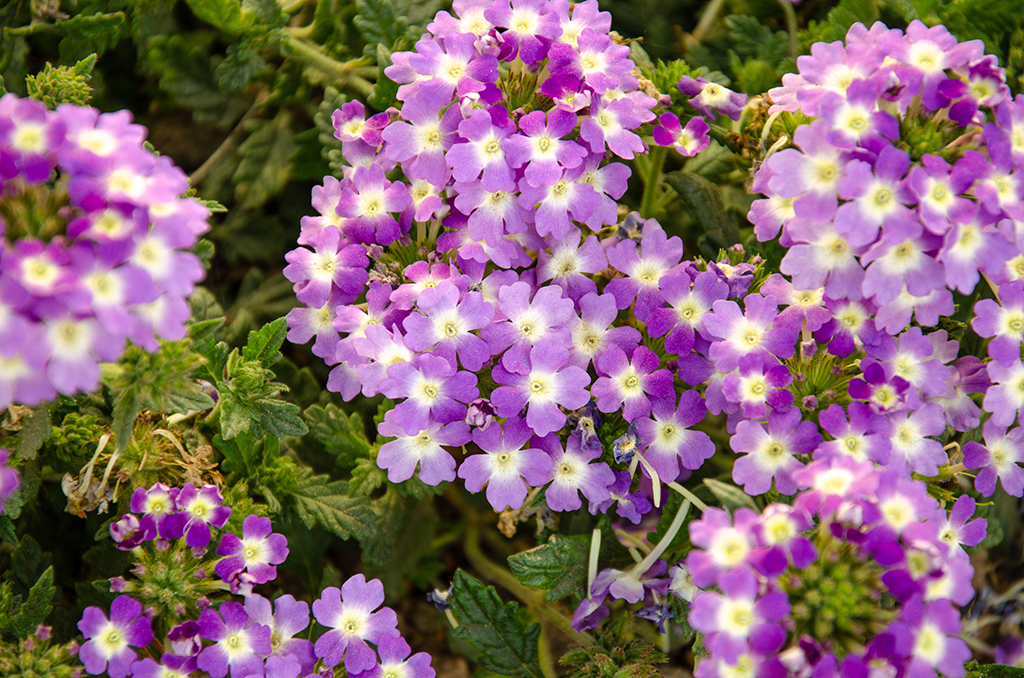When you think of the Orkney Islands, the chances are you’ll think of Scapa Flow, or possibly even the largest island including Skara Brae.
But there’s far more to the islands than that. Scottish Field presents 10 fascinating facts about Orkney.
Orkney’s thriving egg industry was decimated overnight in 1952 when a hurricane destroyed 7,000 henhouses, killing 86,000 hens.
The first civilian to be killed in World War II was Orcadian James Isbister, near the Brig O’Waithe, Stenness.
St Magnus Cathedral does not belong to the church. It was gifted to Orkney’s people by James III in 1486 and is maintained by the council.

St Magnus Cathedral
Burray windmill was the first commercial scale grid-connected turbine under local ownership.
The valley of Berriedale on Hoy is the most northerly natural woodland in Britain.
Because it is not a European designated landing port, it is not possible to land white fish commercially in Orkney.

Orkney’s primula scotica
Orkney is home to the rare tiny purple primula scotica flower. It is found at Yesnaby in April, May and June.
The largest landowner in Orkney is the RSPB, which has 113 reserves here.
Orkney is Scotland’s busiest cruise ship port, with visits from around 70 ships a year.
North Ronaldsay sheep are a 3,000-year-old breed. They feed on seaweed and their meat is tender and virtually fat-free.
TAGS

